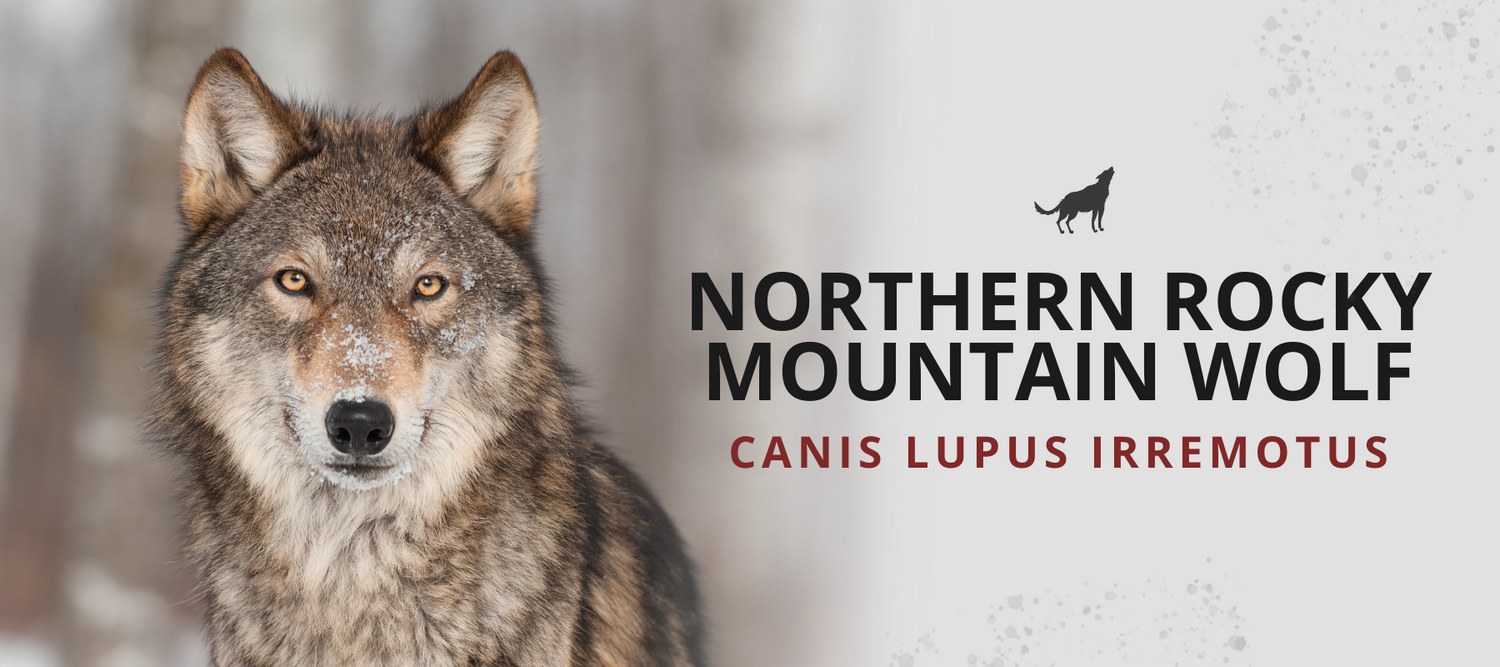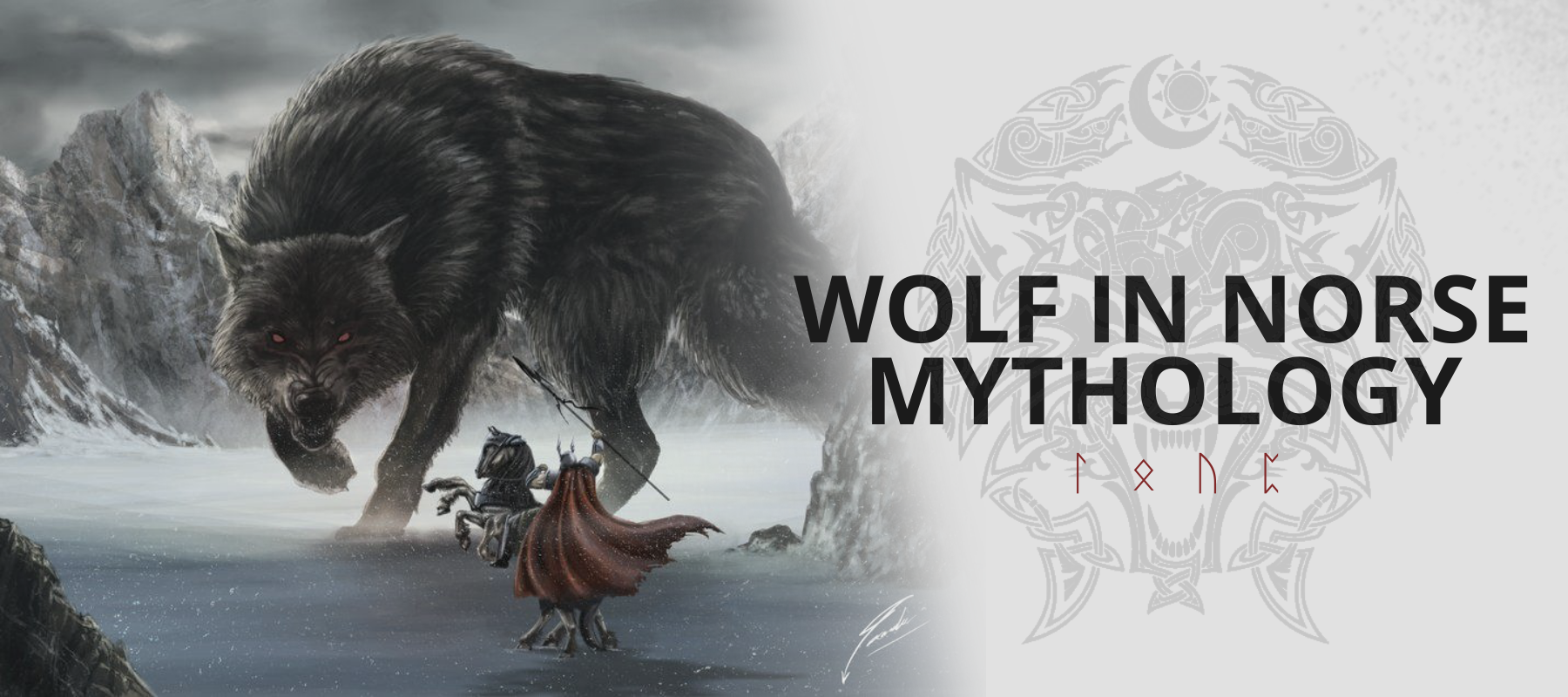
CANIS LUPUS IRREMOTUS
The northern rock wolf (Canis lupus irremotus), or northern rocky mountain wolf, is one of many recognized subspecies of the grey wolf. It was described in 1937 by biologist Edward Alphonso Goldman.
- Common name: Northern rocky mountain wolf
- Scientific name: Canis lupus irremotus
- Other names: Northern rock wolf
- Specie: Gray wolf
- Type: Mammals
- Diet: Carnivore
- Average size: 2.1, to 2,8 feet (height)
- Average Weight: 70 to 134 lbs (32 to 61kg)
NORTHERN ROCKY MOUNTAIN WOLF DESCRIPTION
The northern rocky mountain wolf species is generally 2,1 to 2,8 feet (66 to 88 cm) high and weighs 70 to 134 lbs (32 to 61 kg), making it one of the largest subspecies of the gray wolf. The fur of this animal is light-colored, much lighter than that of the southern rock wolf. Its coat has more white and less black. In general, this wolf prefers light colors with a scattered mixture of black.

NORTHERN ROCKY MOUNTAIN WOLF HABITAT
The Northern Rocky Mountain Wolf is one of 32 taxonomically recognized subspecies of the gray wolf, 24 of which live (or used to live) in North America. It is found mainly in the northern Rocky Mountains of Idaho, the eastern third of Washington and Oregon, northeastern Montana, northern 2/3 of Wyoming, and the Black Hills of South Dakota.

NORTHERN ROCKY MOUNTAIN WOLF DIET
The Northern Rocky Mountain wolf feeds primarily on mule deer and Canadian beaver, although it may be opportunistic in hunting other animals if the opportunity arises. Nevertheless, small prey are rarely attacked by wolves unless ungulates are scarce. Although this canine has a food requirement of about 10-21% of its body weight, it can still survive on smaller amounts for several days.

NORTHERN ROCKY MOUNTAIN WOLF PRESERVATION
The northern rock wolf was first heard of in the forests that later became Yellowstone National Park. He resided near the Tukudika First Nation tribe, who considered him a sacred animal. When settlers spread to the American west in the late 19th century, wolves preyed on domestic animals. An eradication program was enacted in 1915, aimed at destroying canids that preyed on livestock. In 1924, the last wolves remaining within Yellowstone's boundaries were killed, although a small number of northern rock wolves survived in outlying areas.
The Northern Rocky Mountain wolf species was originally listed as endangered in March 1978 and was delisted in 2000 after the success of the Northern Rocky Mountain wolf Recovery Plan. But in August 2010, it was re-listed under the Endangered Species Act overturning a previous decision by the US Fish and Wildlife Service. It was then removed from the list again in August 2012 as the numbers in Idaho, Montana and Wyoming had reached quotas and were considered stable. Currently, in Wyoming, 224 of the 328 wolves living outside Yellowstone Park are found in that state.
If you want to support wolf protection, don't hesitate to discover our wolf tapestries to decoration your den. Also, you can go further on wolf species by reading our blog post on the Tasmanian wolf.



